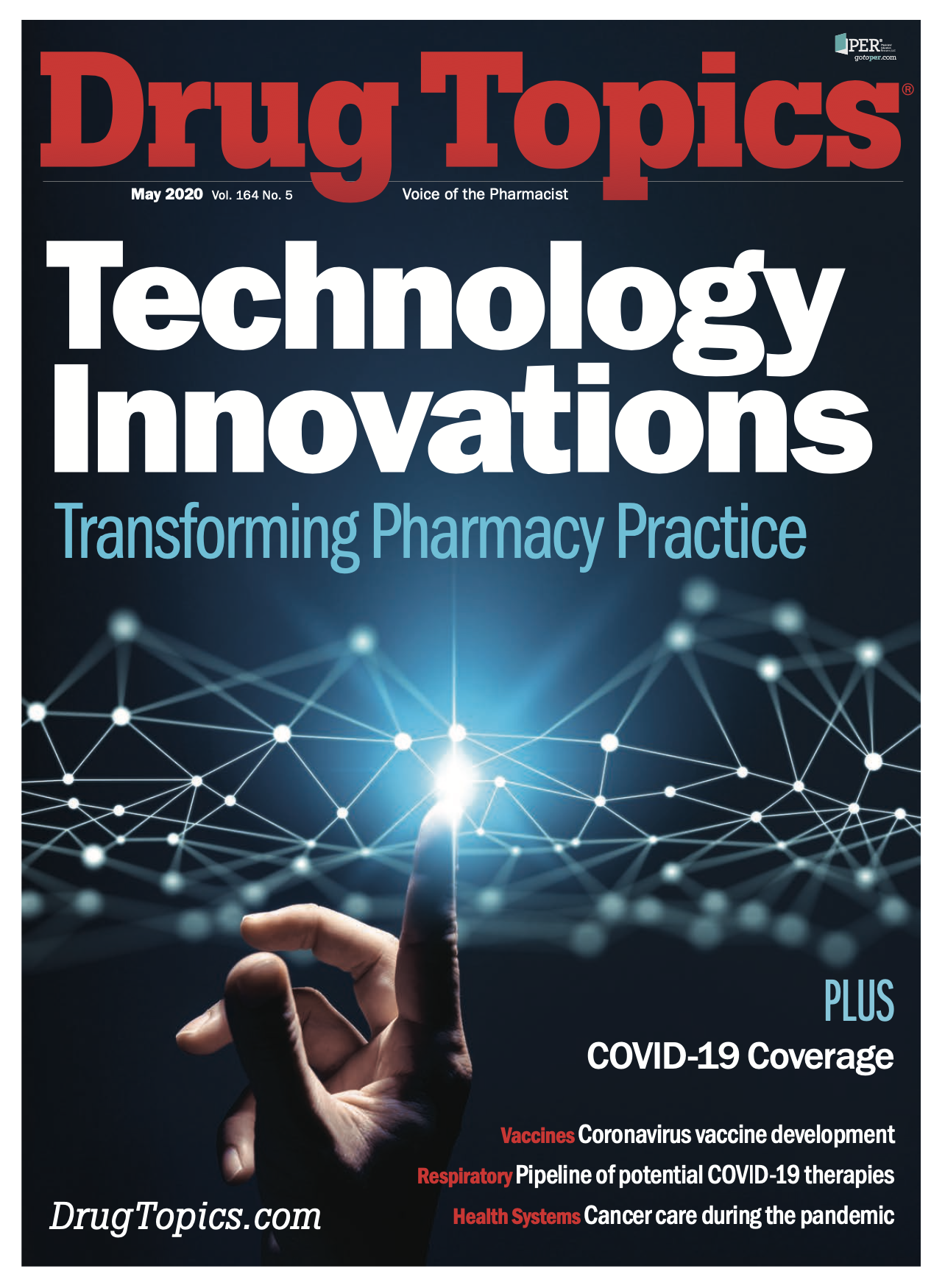Opinion: Hydroxychloroquine at the Center of COVID-19 Discussions
"I have to admit that in all 39 years of my career as a community pharmacist, I have never seen a drug that was the center of such intense political discussion."

Until the outbreak of the novel coronavirus disease 2019 (COVID- 19), caused by severe acute respiratory syndrome coronavirus 2 (SARS-CoV-2), 2 of the most well-known drug names in the United States were oxycodone (OxyContin) and sildenafil (Viagra). Everyone has heard of OxyContin thanks to almost 10 years of being linked to the opioid epidemic, and Viagra has become a household name since its release in 1998. There is now a third drug that everyone is becoming familiar with: hydroxychloroquine (Plaquenil). This drug has been discussed by every news media outlet and even endorsed by the president.
Hydroxychloroquine has been available since 1955 as an antimalarial drug. I have at least 6 patients at the pharmacy who have used hydroxychloroquine to manage their rheumatoid arthritis, lupus, and Crohn disease. If you were sitting in my pharmacology class, I’d tell you that it is an antimalarial used as a disease-modifying antirheumatic drug (DMARD). I would tell you it is a cheap drug with good efficacy for some and also that it is 1 of 2 DMARDs that are safe to use in patients with liver failure. You would also learn that it may cause deposition of the drug in the melanin layer of the cones in the retina, underscoring the need for annual eye exams. A cumulative dose of hydroxychloroquine 800 g and being older than 70 years increase that risk. To reach the 800-g level you would have to take 200 mg daily for 11 years, or 400 mg daily for 5.5 years. I would inform you that one of my patients started taking this drug at the end of her pregnancy to prevent a flare-up of her Crohn disease once she delivered, and that neither she nor the baby experienced any adverse effects. If this drug therapy is successful in the treatment of COVID-19, I might have to update my lecture notes.
I have also heard the arguments that this drug is unproven, which for coronavirus treatment is true. COVID-19 has been part of the landscape of our planet for less than 6 months, but what other treatments do we have available? Many of us want placebo trials, but if I am lying in a hospital bed with COVID-19, I do not want a placebo. Remember, we don’t placebo-test parachutes!
Many people feel we shouldn’t be using an approved drug for an unapproved use. I have one thing to say to them-gabapentin. Gabapentin (Neurontin) was introduced in the United States in 1993; it is currently approved for treatment of postherpetic neuralgia in adults and as adjunctive therapy in the treatment of partial onset seizures in adults and pediatric patients 3 years and older. That’s it, only those 2 indications. I would venture to say that I have less than a handful of patients for whom this drug is prescribed for these approved conditions. We buy our gabapentin in bottles of 500 mg for all strengths, dispensing it for back pain, restless legs syndrome, hot flashes, diabetic peripheral neuropathy, treatment of alcoholic withdrawal, migraines, and mood stabilization. None of these indications are listed on gabapentin’s package insert.
I have to admit that in all 39 years of my career as a community pharmacist, I have never seen a drug that was the center of such intense political discussion. I say, let’s pull all the data from the Centers for Medicare & Medicaid Services on the thousands of patients on Medicare, and examine whether hydroxychloroquine is protective for COVID- 19. We should accumulate the data from the rheumatologists who have used this drug on countless patients and the incidence of COVID-19 cases. Then let’s allow the health care professionals to settle the question of the efficacy of a drug that has been around for more than half a century.
Peter A. Kreckel, RPh, practices community pharmacy in Altoona, Pennsylvania.

Pharmacists Play Unique Role in Advancing Health Equity for Patients With Chronic Disease
December 7th 2023A new study, outlined in a poster at ASHP Midyear 2023, identified 3 key themes associated with the ways in which pharmacists are positioned to advance health equity for patients with chronic diseases.